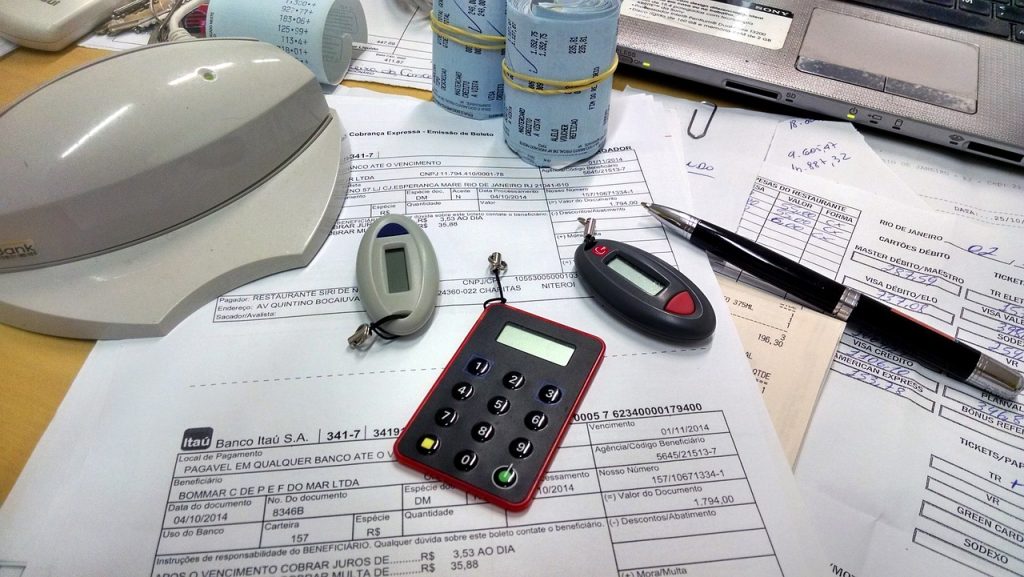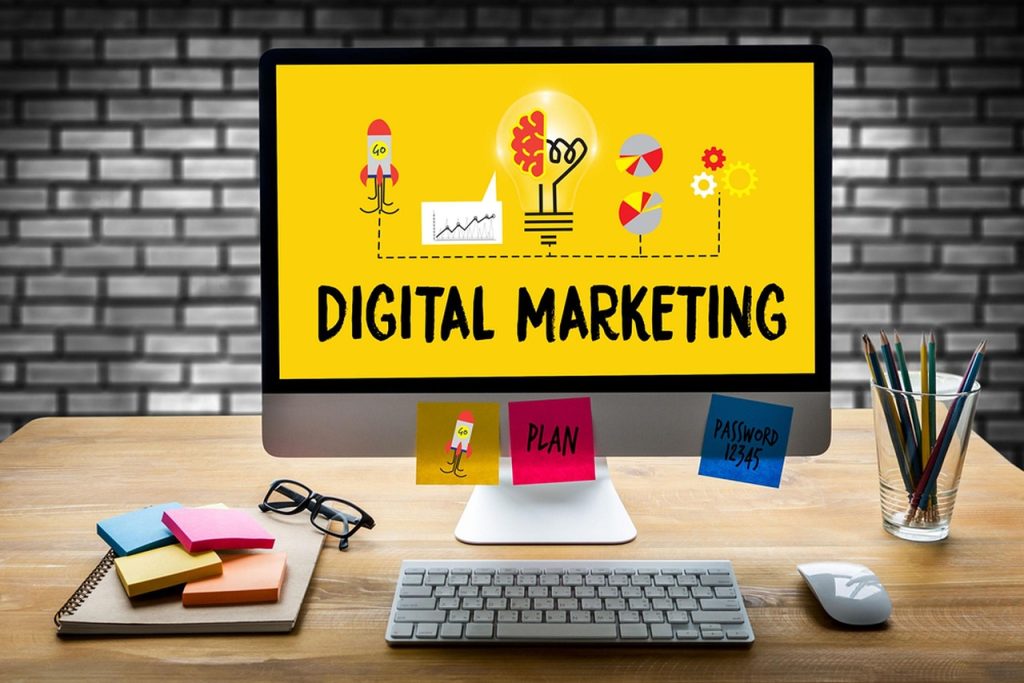
How to Keep Your Cash Flow Flowing
How to Manage Your Small Business’s Cash Flow
Cash flow is essentially the water pump of your company, pumping cash around your business to keep it alive. You’re going to want to keep this number positive, very positive. Eliminating and better yet, preventing, business cash flow problems is achieved in two crucial ways: smart organization and planning. To effectively manage your small business cash flow, you’ll need to learn how to prepare for the worst case scenario and get on top of your organization game.
Here we’ll outline how to manage cash flow and keep your business happy and healthy all year long. But first…
What’s meant by “cash flow?”
Business cash flow = the total amount of money going into and out of a business.
With a positive cash flow, you can grow your business by making new investments, hiring new staff, opening a new location, getting better equipment etc. A negative cash flow, on the other hand, has more money going out than coming in.
Picture your cash flow as a water tank. Water goes in at the top and drains out the bottom. You want that tank staying nice and full (we can keep dreaming of it overflowing), and in order to do that, you need to keep more going in than seeping out. Easy right? Well if it were that easy we’d sign out here…but there’s still more of this article to read!
Profit vs cash flow
You’re not alone if you get confused between cash flow and profit. The key difference lies in the source of the cash transaction and the accounting basis.
The profit of a business, also known as a business’s net income is the profit minus gross income or sales of a business and its expenses. In other words, it’s what remains from sales revenue after all expenses have been subtracted. Cash flow, on the other hand, is simply the money flowing in and out.
Does profit equal good cash flow?
In short, no.
Did you know, a company can actually have a negative cash flow, yet have a large profit if the business owner takes cash out to pay personal expenses or even uses it to make new investments? A company can even have a positive cash flow while having no profit – raises eyebrow. How you ask? If the cash comes from sources other than income, such as a business owner putting in their own money or if they take out a loan then it’s possible (these are equity or liability transactions).
Best practices for cash flow management
Now for the bit you’ve all been waiting for. Here we’ll outline some solutions and preventative measures for cash flow problems:

Organize and plan
First of all, you’ll need to set your foundations right, which without, your business cash flow, and the business itself could come crashing down. You need to make sure that you’re as accurate and honest with these numbers as possible to better plan.
Start by looking at the cash you have available now:
- Investments in the business
- In the business bank account
- Loans you’ve received
- Investments
- Start-ups: make a list of all the one-time expenses, anything you’ve put into the business
Now determine your cash sources:
- Projected sales
- Incoming loans
- Start-ups: project sales as best you can and if you’re purchasing a business, pay close attention to the previous sales history
Finally, assess your monthly expenses:
- Rent/mortgage
- Marketing
- Payroll
- Inventory
- Taxes
- Utilities
- Loan payments
- Working capital
- Paying yourself a salary
Monitor and project your cash flow
Be sure to pay close attention to all of these metrics to manage cash flow effectively. Through regular and close monitoring, you’ll be able to make more accurate projections of future cash flow and keep your business’s water tank from running on empty.
If you want to skip the migraine, there’s plenty of nifty software out there dedicated to small businesses such as Intuit’s QuickBooks that can help keep everything nice and organized. If you have an accountant, you’ll be able to easily share your existing books.
Increase incoming cash flow
If you find that you’re invoicing customers to no avail, it may be that you’ve given them a too lenient time frame in which to pay you, or they’re just useless. Late payments, or worse not receiving payments full stop, can make planning and projections tricky.
So how do you encourage your customers to pay their bills more quickly?
- Issue invoices as soon as possible and be sure to follow up on them regularly.
- Offer early payment discounts, everyone loves a good discount!
- If it’s a long project, try scheduling payment intervals throughout so that you’re not running dry in the time in between or structure the payment with an upfront deposit.
- Use an invoice factoring service to chase up unpaid bills and keep your cash flow consistent – this will mean that your invoices are sold to a lending company and the lenders will cover the entire cost of your business’s outstanding invoices (collateral free).
Pay your bills on time
This is not only essential to keeping your credit score intact but will maintain your partner relationships and perhaps give you a hint of lucky business karma. Now there’s paying your bills, and paying your bills the smart way. Why work hard when you can work smart after all?
So how exactly can you pay your bills the ‘smart way’?
- Set up ETF (electronic funds transfer) payments – and you’ll never miss a payment again.
- Use your payment terms to the max – if you have 30 days, use them wisely to build up cash. This way, you’ll have a better feel for what your cash flow looks like than writing the bills off as they’re received.
- A slight 180 but, check if suppliers offer early payment discounts (sounds familiar) – don’t ask, don’t get!
- Check if there are flexible payment terms (after the deal is made – asking beforehand can smell fishy).
- Build good relationships with your vendors – this can make or break your business. Having a vendor that trusts you and who you’ve been honest with can make your life a whole lot easier if an extension or favor is needed.
Survive droughts
That stressful moment when your water tank spills its last drop and only trickles are coming in can be a stressful period that all too many businesses have experienced and is especially common with seasonal businesses. To avoid this dry period, you’ll need to build up some cash reserves in your good periods, and then analyze your cash flow history to figure out a reserves estimation that can cover your business for at least three-six months.
If you’re a struggling seasonal business or going through unexpected business cash flow problems, a business line of credit could be your best bet for that dry spell. We strongly advise getting ahold of one of these baby’s while your business is on a high – this will greatly increase your chances of getting ahold of one, along with improving the terms offered.
Have a backup cash flow plan
If plan A didn’t work, there’s always plan B and C (hopefully). No one knows what the future holds and having a backup plan for future cash flow problems is never a bad idea. If the damage is already done, try applying for unsecured business loans via Become.
With just one simple application, AI technology is used to match small-medium businesses seeking funding, with one of more than 30 lending partners (all with many different products). You’ll then be able to see which of the lending partners and their products you can qualify for, saving that giant headache of trying to find a lender you can qualify for by yourself – again, work smarter not harder!
To apply for easy business loans, head over to Become.




